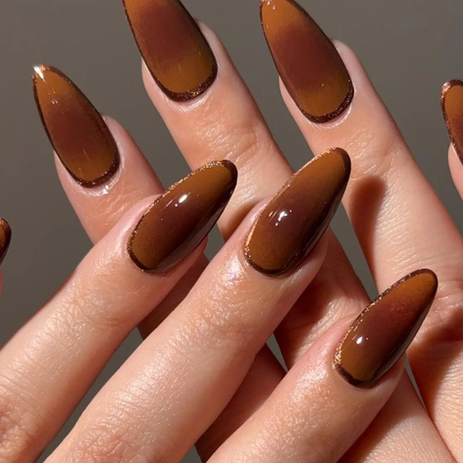Too Thin for TikTok: The #SkinnyTok Ban
- BY MAMELLO MOKOENA

- Jun 26, 2025
- 3 min read
In 'The Return of the Ballet Body: Thinness Disguise as Wellness’, we explored how thinness has quietly re-entered the cultural mainstream — no longer branded by drug abuse, chain smoking and tabloid headlines, but cloaked in the soft neutrality of “wellness.” The return of the heroin chic body, reimagined as discipline, clean eating, and ‘that girl’ rituals, made one thing clear: thinness didn’t go away. It just rebranded.

Now, the internet has taken a small step toward reckoning with this shift. TikTok has begun banning #SkinnyTok-related hashtags, long criticised for glamorising disordered habits and fuelling harmful body comparisons. But as celebratory as this may seem, it begs the question: when does platform regulation lead to progress, and when is it just smoke and mirrors?
What Was #SkinnyTok?
To understand the ban, we need to understand what TikTok was banning in the first place. #SkinnyTok wasn’t always explicit. It wasn’t an aggressive campaign telling people to lose weight. It was subtle, aestheticised, and often wrapped in lifestyle content:
“What I eat in a day” videos, often with dangerously low-calorie intakes
Outfit hauls showcasing ultra-thin bodies in size XXS
Calorie-counting montages set to ambient music
Morning routines promoting minimalism and restriction as “wellness”
All of it was aspirational, algorithmically rewarded, and dangerously addictive.

Platform Accountability or Optics?
In response to growing backlash and mounting pressure from advocacy groups, TikTok has begun moderating hashtags and content tied to #SkinnyTok. Searches for terms like “thinspo,” “ana,” or “calorie deficit” now lead to warnings or redirects to mental health resources. Content with overtly harmful messaging is more likely to be flagged or removed.
But moderation isn’t perfect. Harmful content often slips through, rebranded in coded language like, “glow-up season,” or even vague affirmations about “discipline.” This means that this content can more easily find itself amongst regular fitness and health content as more thin-specific wording is no longer allowed. Meanwhile, aesthetic trends like #balletcore remain unchecked, largely because they are linked to general harmless subgroups.
So we’re left with an uneasy truth: social platforms may take down the hashtags, but they won’t touch the underlying message as long as people are interested in the idea of thinness.

Gen Z’s Aesthetic Obsession
Gen Z is arguably the most media-literate yet they are also the most digitally vulnerable generation. Beauty is not just visual, it’s algorithmic. Aesthetics are currency. And in an attention economy where looking “put together” is equated with success, there is immense pressure to embody the trend, not just admire it.
For instance the most popularised aesthetics, the “clean girl” aesthetic, is rarely inclusive. It’s a vibe that thrives on thinness, wealth, and conventionally beautiful features, despite being presented as universally achievable. For many, the pressure to fit this aesthetic doesn’t inspire confidence; it provokes shame. So they strive harder, shrink more in order to better “suit the vibe.”
And here lies the double-edged sword: Gen Z, to an extent, knows these trends are harmful. They call them out, stitch them, critique them. But they also perpetuate them because not participating can feel like disappearing.
The Real Work Starts Offline
The ban of #SkinnyTok is, in some ways, a win. It signals that platforms are listening, however delayed it may be some time. But the deeper issue lies beyond the hashtags. It’s in the algorithms that reward thin bodies. The brands that co-opt wellness to sell restrictions. And the cultural belief that health and beauty must look a certain way.
Real change demands digital literacy, broader definitions of health and beauty, and a commitment to platform design that prioritises wellbeing over engagement. Because until we stop aestheticising thinness through aesthetics, the same harmful ideals will just keep resurfacing under new names. The trend may be banned. But the mindset? It’s still trending.



























































